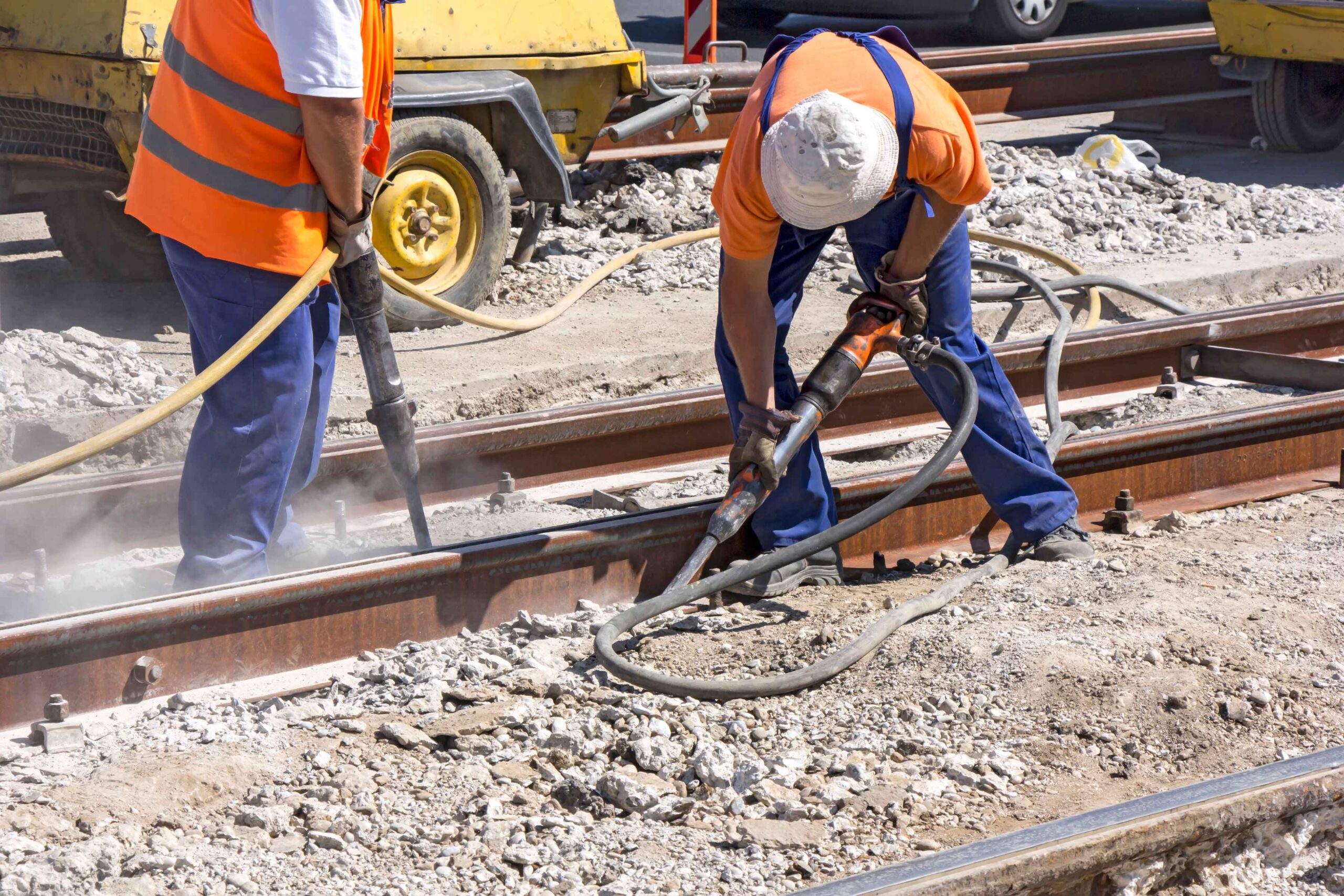
Keep Safe from Silica Dust During Bridge Concrete Repair
Performing concrete repairs can be a dangerous job, especially if you’re dealing with silica dust. Silica dust is an exceptionally fine and hazardous material that can cause serious health issues over time. Fortunately, there are steps you can take to protect yourself while repairing concrete. Let’s explore some of the ways you can stay safe while performing these important tasks.
Respirators
Wearing the appropriate respirator or face mask while working can help protect your lungs from the harmful effects of silica dust. Make sure to wear a respirator that meets all safety standards and is approved for use in your area. Additionally, make sure to change out the filters and masks regularly—this will help keep your respirator functioning properly and provide more protection against silica dust exposure.
Protective Clothing
Wearing protective clothing is key when it comes to protecting yourself from silica dust during bridge concrete repairs. This includes gloves, long sleeves and pants, boots, and eye protection such as goggles or safety glasses. This type of clothing helps to keep the dust out of your clothing and off your skin—which makes it much easier to clean off afterwards!
Vacuums
Using a vacuum cleaner with a HEPA filter is one of the best ways to quickly remove any silica dust that may be present during concrete repairs. These vacuums are designed specifically for this type of work and are much more effective than regular vacuums at removing small particles like silica dust. Be sure to follow all safety instructions when operating the vacuum—it could save you from long-term exposure to hazardous materials!
Conclusion
Bridge concrete repair is an important job that requires special attention when it comes to safety protocols. Working with silica dust can be particularly dangerous, so it’s important to take all necessary precautions while performing these tasks. By following the tips outlined above, you can protect yourself from harmful exposure while still getting the job done! Take care!
